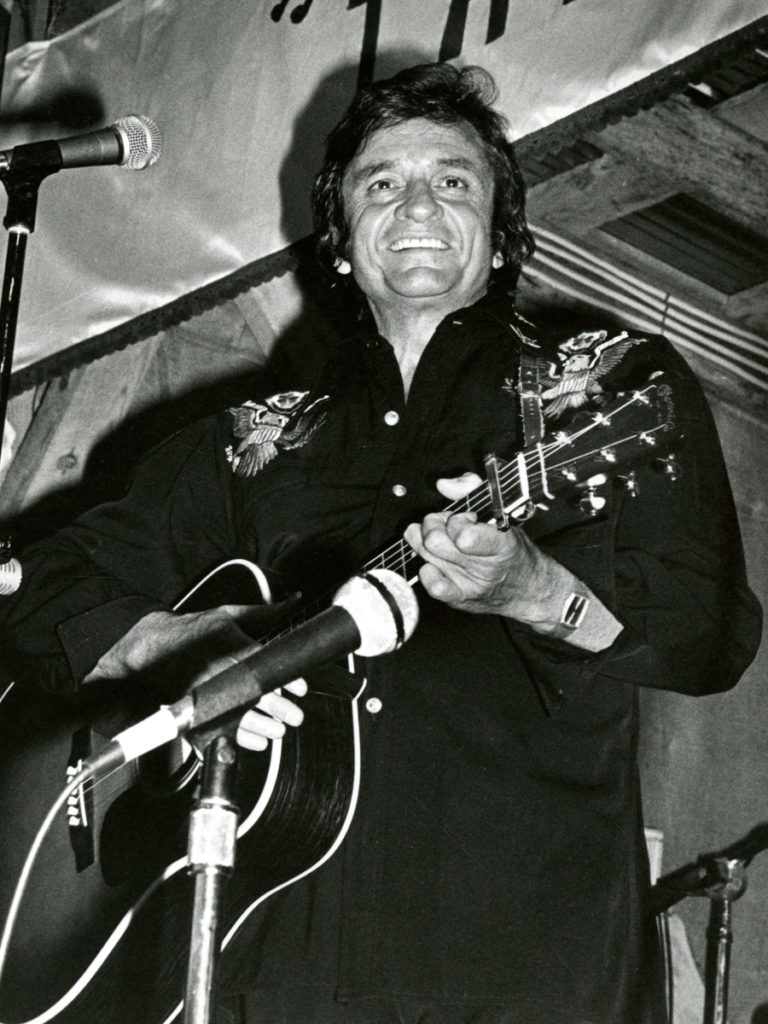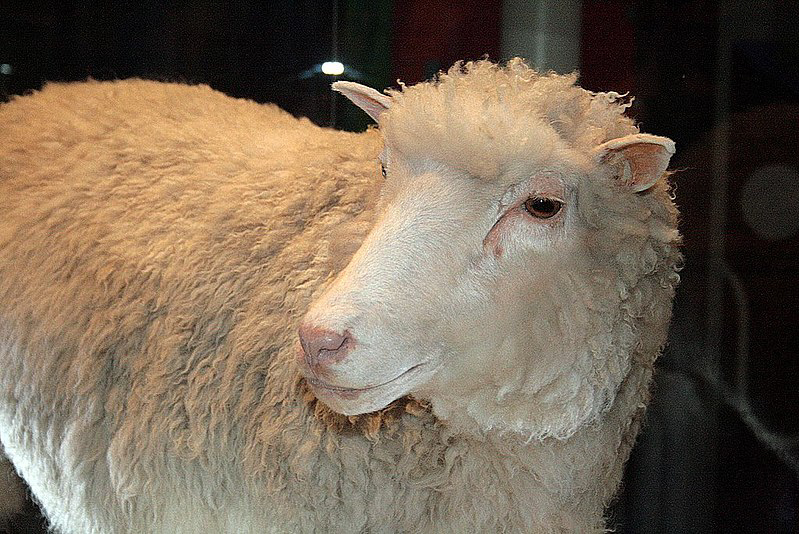Today is the anniversary of Johnny Cash’s birth date. He was born on February 26, 1932 in Kingsland, Arkansas, the son of sharecroppers who were struggling through the Great Depression. Despite – and indeed, perhaps because of – this early hardship, Cash went on to become one of the most iconic and influential country musicians in the history of the genre.

So, what you ask, does this have to do with the naming of flora and fauna species, or binomial nomenclature as it’s known in the scientific community? Johnny Cash and his musical impact is rightly celebrated and recognized in a variety of different ways – through a US postage stamp with his image to a museum dedicated to his life and legacy in Nashville to numerous industry and national awards and honors to the many artists who have been inspired by Cash and his songs. I, of course, knew all about these honors, but then I found out that he had also been celebrated in a really interesting and relatively under-the-radar way: by having a spider named after him!
First, a little bit about how binomial nomenclature works. This “two-term naming system” is a formal way to name species of living things. Both names are based in Latin grammatical forms, but they do different things: the first name is called the generic name, identifying the genus that the species belongs to; the second name is called the specific name, identifying the species within the genus. Therefore, scientific names for flora and fauna can share the first name because the genus may cover many species, but their second name will always be unique. And that second name is where scientists get creative!
Now, back to Johnny Cash: In 2016, a previously unknown tarantula species was discovered in the course of a larger research project. This particular species was found in abundance near Folsom Prison in California, and its coloring was dark, almost black. And from these two links – Cash’s “Folsom Prison Blues” and “The Man in Black” nickname – the tarantula was named Aphonopelma johnnycashi.

Johnny Cash isn’t the only musician who has had a species named after him. While the specific names within binomial nomenclature can be inspired by many things – such as the location where they were found, to commemorate a scientific mentor or teacher, inspired by another language or culture where the meaning matches the animal or plant in question, etc. – there are many species names after celebrities.
Here are just a few:
- Myrmekiaphila neilyoungi, a species of trap door spider discovered in 2007 (the scientist loves Neil Young’s music)
- Scaptia beyonceae, a species of horse fly with a shiny golden abdomen discovered in 2011 and named after Beyoncé
- Synalpheus pinkfloydi, a type of shrimp discovered in 2017 (this shrimp stuns and kills its prey with small “sonic booms” made by its snapping claws – kind of like standing too near an amp during a Pink Floyd concert!)
- Orectochilus orbisonorum, a species of whirligig beetle, black on top and white on the bottom, that was discovered in 2008 and named after Roy Orbison
- Cirolana mercury, an East African isopod (crustacean); this species is found off the coast of Zanzibar (where Freddie Mercury was born)
- Gaga germanotta and Gaga monstraparva, where both genus and species within a group of ferns honor Lady Gaga and her fans (due to the appearance of the fern being akin to some of Gaga’s costumes and her “paws up” salute; even more interesting is that the DNA for this potential new genus of ferns had GAGA spelled out in its base pairs!)
- Macrocarpaea dies-viridis, a type of night-blooming flower discovered in Ecuador and named after the band Green Day (dies-viridis is Latin for green day)
- Anillinus docwatsoni, a species of ground beetle discovered in 2004 and named after Doc Watson
- Desis bobmarleyi, an Australian intertidal species of spider discovered in 2017 and inspired by Marley’s song “High Tide or Low Tide”
- Japewiella dollypartoniana, a type of lichen so-named due to its abundant growth in the mountains of East Tennessee
- Phialella zappai, a species of jellyfish discovered in 1987 (named in a ploy to meet Zappa after the musician said “There is nothing I’d like better than having a jellyfish named after me.”)
These are just a few of the MANY plants and animals with names inspired by musicians and other well-known people. And referring back to the great Dolly Parton, while it’s not related to binomial nomenclature, she has also been honored through naming in another scientific endeavor – the genetic cloning of Dolly the Sheep in Scotland in 1997. Dolly was named after Parton because part of her DNA came from a mammary gland cell of a Finn Dorset sheep. Knowing Dolly Parton’s self-deprecating humor and her graciousness, one imagines that she found this interesting honor both amusing and wonderful!

And so with that, we can marvel at the wide-ranging inspiration that comes to scientists as they go about their important work – and how it connects to our love of music. Sometimes a celebrity-inspired name is the perfect way to get people engaged and excited about the biodiversity of our planet. As Dr. Chris Hamilton, namer of our Cash-monikered spider, notes: “It’s a really important mechanism for reaching out to the public and getting them involved,” Hamilton said. “We want the public to love these new species, too.”






